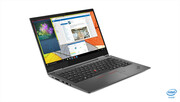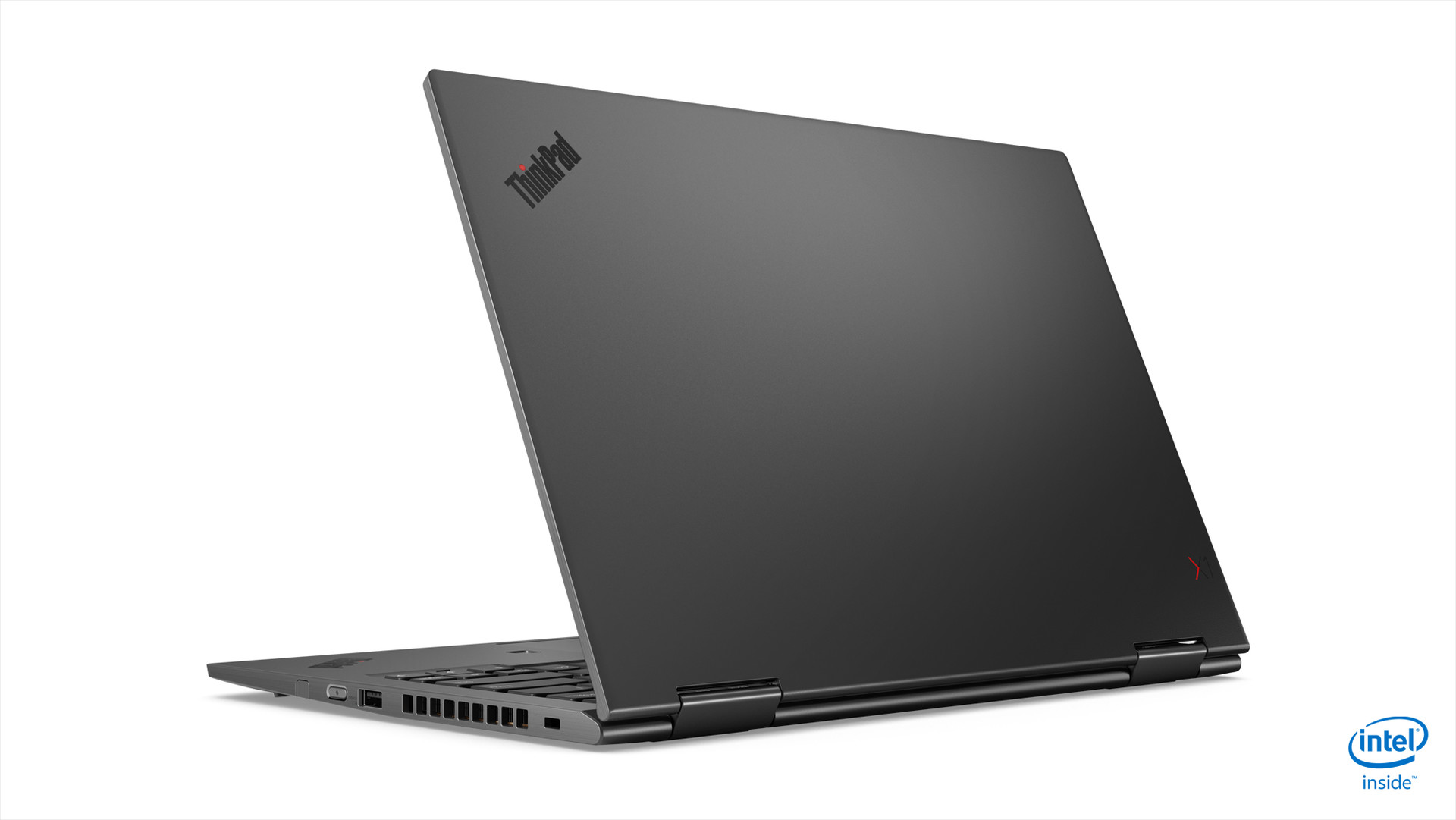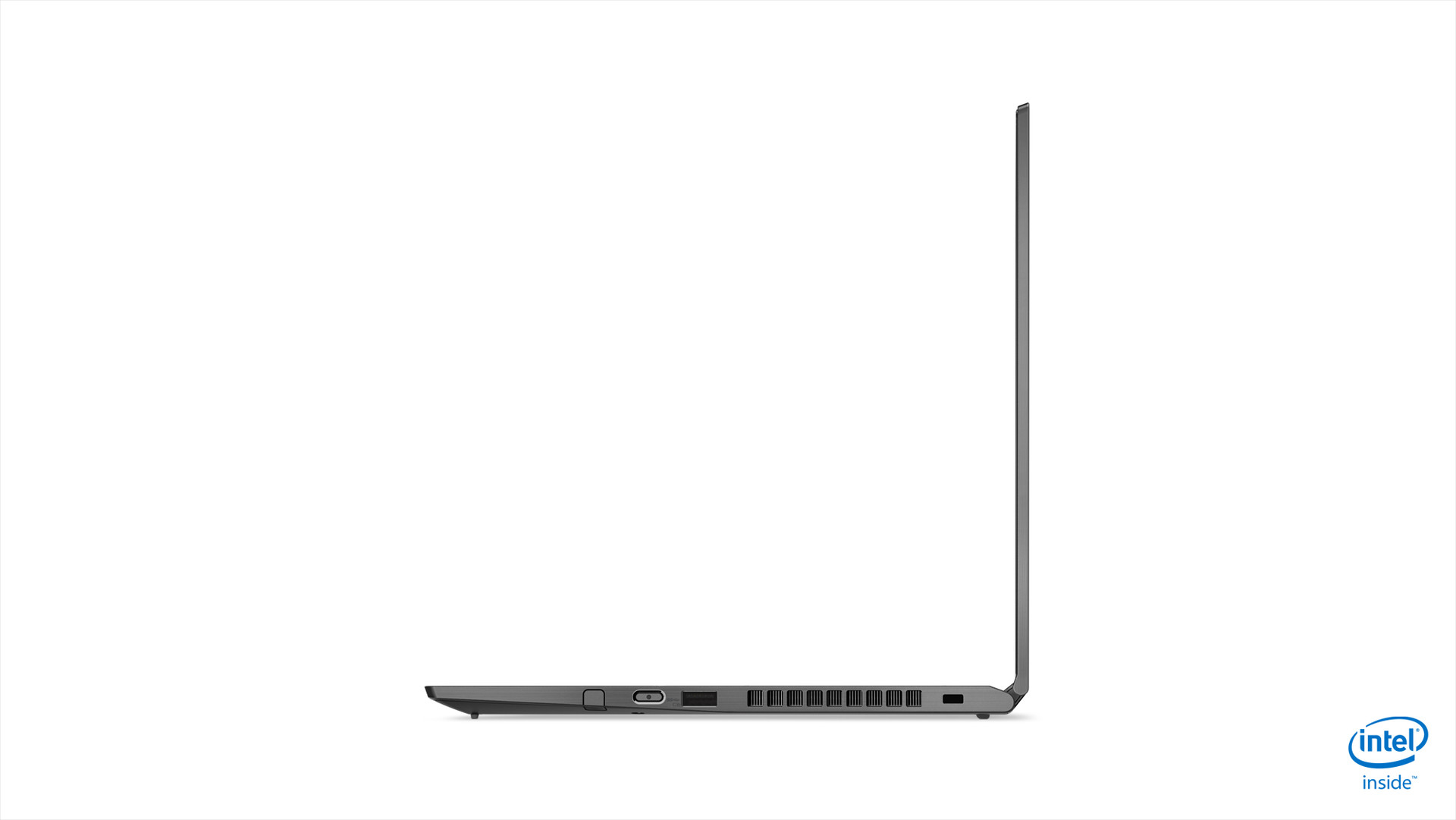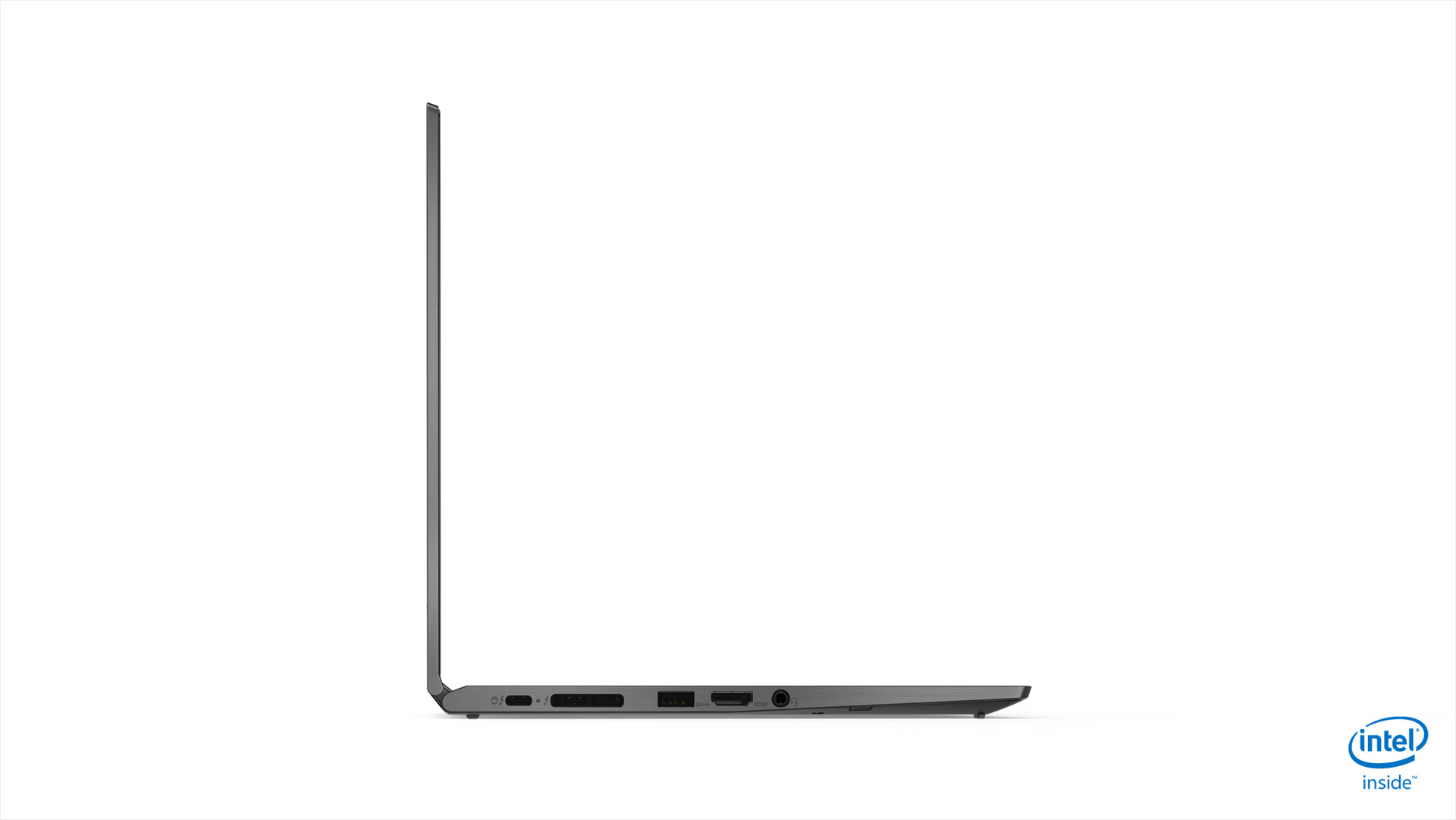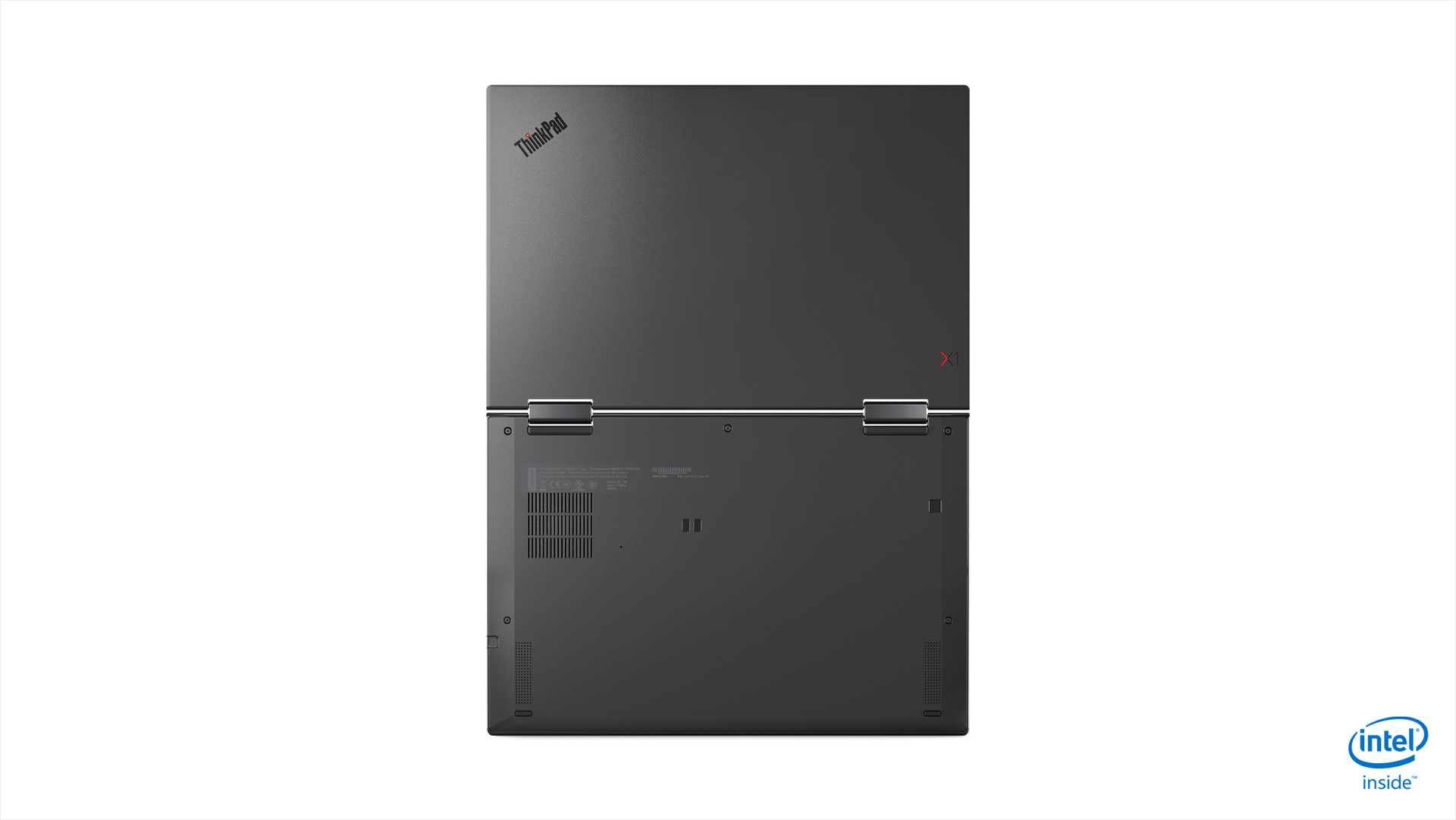Lenovo ThinkPad X1 Yoga 2019
Specifications

Price comparison
Average of 2 scores (from 3 reviews)
Reviews for the Lenovo ThinkPad X1 Yoga 2019
Source: Laptop Mag
 Archive.org version
Archive.org versionI would love to own the ThinkPad X1 Yoga. It has everything I want in a laptop. The laptop's new aluminum chassis is sleek and durable, its 1080p display is gorgeous, performance is great and the battery lasts all day on a charge. On top of that, the X1 Yoga offers conveniences not offered by competitors, including a fingerprint sensor, a webcam cover, a stylus garage and an optional IR camera.
Single Review, online available, Very Long, Date: 11/13/2019
Rating: Total score: 90%
Source: CNet
 Archive.org version
Archive.org versionThe 2018 edition of Lenovo's ThinkPad X1 Yoga earned the title of "best two-in-one for business" from CNET last year. For 2019, Lenovo slimmed the machine's profile by a few millimeters and reduced its weight by a few ounces and outfitted it with a new CNC aluminum chassis, slimmer bezels and Intel's updated eighth-gen processors and a couple of cool privacy options. It's still our favorite premium business two-in-one.
Single Review, online available, Long, Date: 09/27/2019
Rating: Total score: 82% performance: 80% mobility: 80% workmanship: 80%
Source: Ultrabook Review
 Archive.org version
Archive.org versionAll in all, the 2019 X1 Yoga is a major update of last year’s generation and I’d expect to catch a lot of attention later in the year, when shipping. Just like the Carbon variant, it’s scheduled for June 2019, with prices starting at $1929.
Comparison, online available, Medium, Date: 01/10/2019
Comment
Intel UHD Graphics 620: Integrated GPU (GT2, 24 EUs) found on some Kaby-Lake-Refresh CPU models (15 W ULV series). Technically identical to the previous Kaby-Lake GPU called HD Graphics 620.
Modern games should be playable with these graphics cards at low settings and resolutions. Casual gamers may be happy with these cards.
» Further information can be found in our Comparison of Mobile Graphics Cards and the corresponding Benchmark List.
i5-8265U: Whiskey Lake based low power quad-core processor (technically identical to Kaby Lake but produced in a further improved 14nm++ process). The four cores are clocked between 1.6 and 3.9 GHz (Turbo Boost) and support HyperThreading.» Further information can be found in our Comparison of Mobile Processsors.




